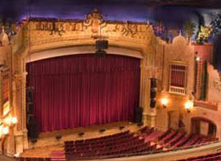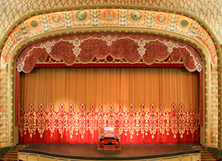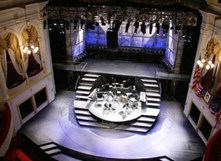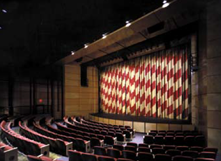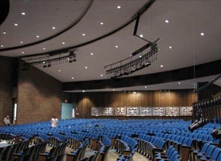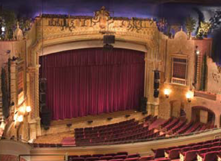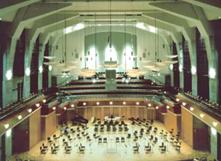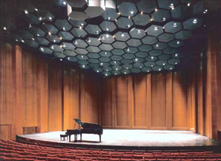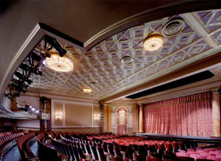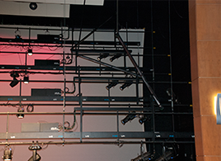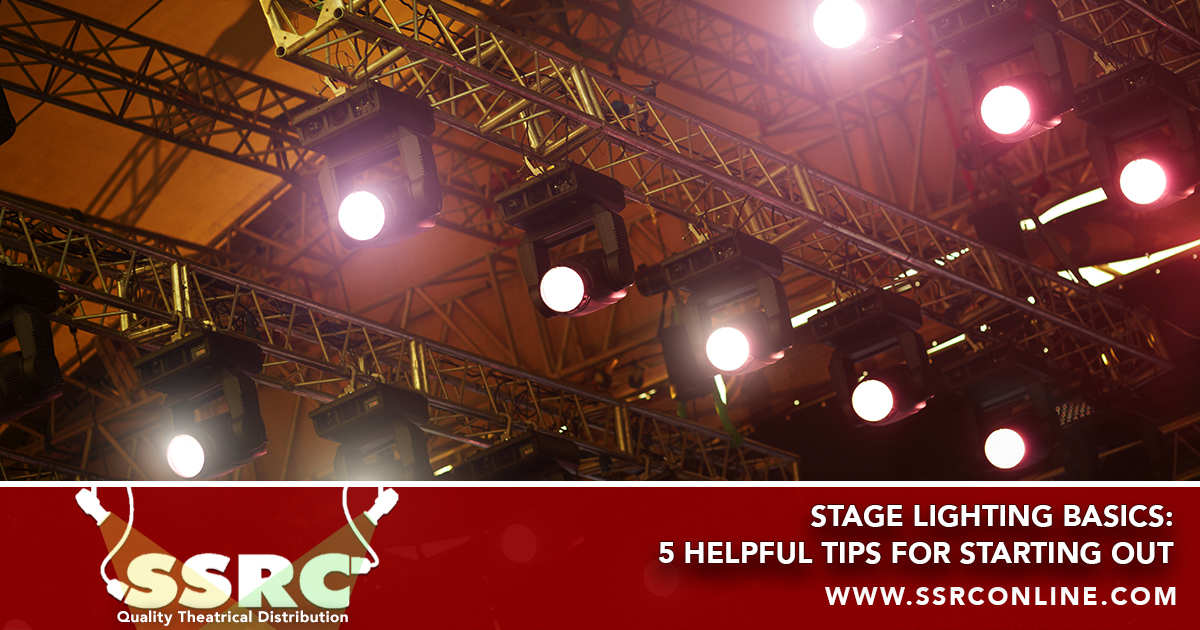
Stage Lighting Basics: 5 Helpful Tips For Starting Out
Professional stage lighting can help create a special atmosphere that adds value to any stage performance. While there a wide variety of lighting techniques that can be used in different instances, starting off simple is important to prevent yourself from becoming overwhelmed at first when you are just starting out. Once you understand the basics, the more technical aspects of stage lighting will become much easier to learn.
5 Helpful Tips for Starting Out with Stage Lighting
Customize the stage lighting based on the type of performance.
Lighting needs to be tailored to the specific needs of a performance on stage. Dance lighting, play lighting, and live music all require different types of customization options. For dance productions, stage lighting should be simple and adaptable to highlight movement. Side lighting is often strongly recommended. For play lighting, it’s usually best to use front lighting to better feature facial expressions and definition of the actors. Finally, for live music, the style of lighting will depend upon the type of musician. Colored lighting is oftentimes ideal.
Know the main types of lights.
Floodlights, soft lamps, broad lights, fixed-focused lighting, and spotlights are all used on stage to address different purposes. To learn more about these various types and when to use them, check out this helpful blog post, The Different Types of Stage Lighting Equipment.
Read the script and plan accordingly.
Lighting helps set the tone of a stage performance. Understanding the nature and details of the script can help you create a lighting setup that best reflects its various aspects. Stage lighting should highlight what the audience should be focusing on throughout the performance. Professional stage lighting managers know the importance of properly conveying:
- Mood
- Movement
- Texture
- Naturalism
Learn the basic lighting positions.
The amount of space you have largely influences the plans for your lighting. When utilizing professional lighting options, there are five basic lighting positions:
- Front lighting – which is the primary source of illumination and is often set at an overhead angle of 45 degrees.
- Side lighting & high side lighting – which is effective for highlighting movement.
- Back lighting – which separates performers and props from the background to achieve a 3-dimensional effect.
- Down lighting – which lights the whole stage evenly by blending together lighting across the stage.
Create lighting zones.
Professional lighting is centered around the concept of targeting certain areas and not others through different means. Lighting managers typically divide stages into zones of 8- to 12-foot diameter circles with slight overlap. Most stages include these zones:
- Front of the stage
- Mid-stage
- Back of the stage
Breaking the stage into various areas makes lighting more manageable and targeted.
For All Your Professional Lighting Needs, Look to SSRC
In business for over 30 years, SSRC has been meeting the unique, individual needs of our customers for decades. We provide high quality lighting solutions at competitive prices, and even manufacture our own custom equipment. Our experienced customer service team is dedicated to ensuring your success. To learn more about which lighting options are best for your specific needs, reach out to SSRC today at 864-848-9770!
Posted by admin
Recent Posts
Archives
- January 2022
- December 2021
- November 2021
- October 2021
- May 2021
- April 2021
- March 2021
- February 2021
- January 2021
- October 2020
- September 2020
- August 2020
- July 2020
- June 2020
- April 2020
- March 2020
- January 2020
- November 2019
- October 2019
- August 2019
- July 2019
- May 2019
- April 2019
- March 2019
- February 2019
- January 2019
- November 2018
- October 2018
- September 2018
- August 2018
- July 2018
- June 2018
- May 2018
- April 2018
- March 2018
- January 2018
- December 2017
- October 2017
- September 2017
- August 2017
- July 2017
- June 2017
- July 2016
- June 2016
- May 2016
- March 2016
